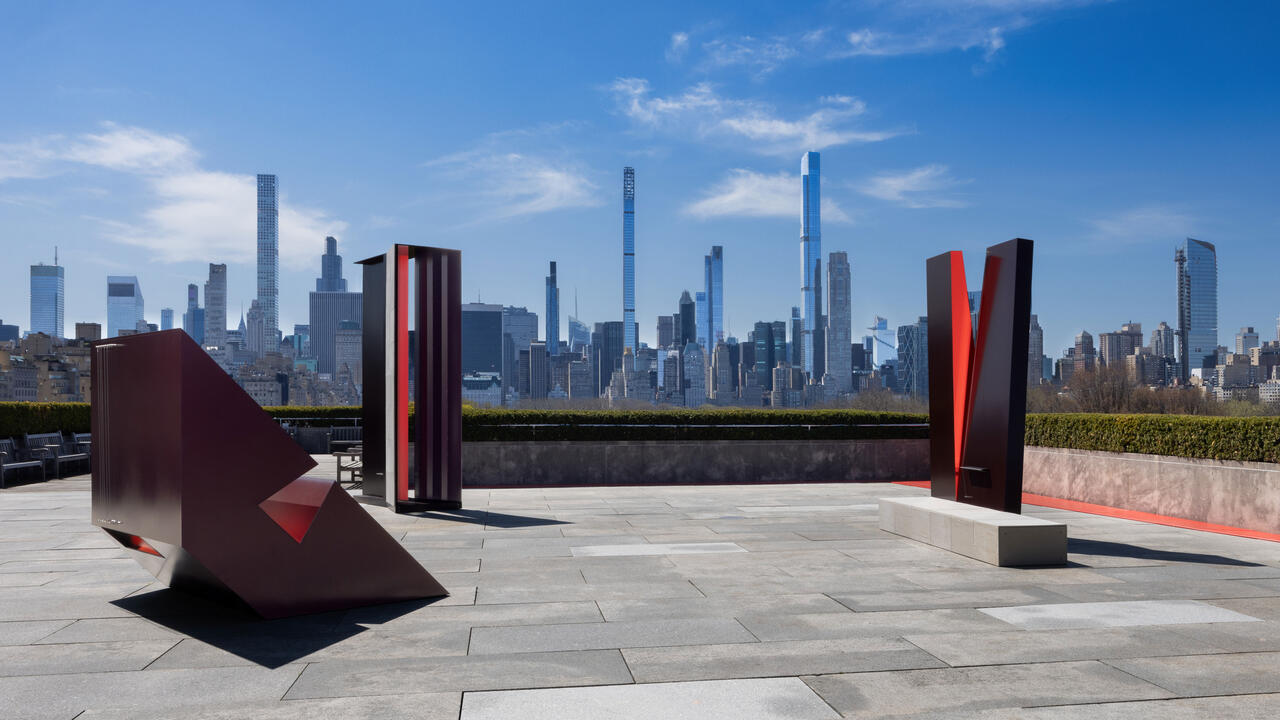Revisiting Fennesz’s 2001 ‘Endless Summer’ and a Decade of Liquefaction
Inspired both by the natural sonorities of the sea and the classic surf-pop lexicon, Endless Summer remains both a time-capsule and a weather report
Inspired both by the natural sonorities of the sea and the classic surf-pop lexicon, Endless Summer remains both a time-capsule and a weather report

At the close of 2000, popular music had already experienced its first zeitgeist statement, care of Radiohead’s capacious Kid A. This perpetually twittering, isolationist rock opera, proclaimed as a soundtrack of millennial anxiety in the face of imaginary catastrophe, was, by turns, glacial and dissonant, conjuring grand-Modernist images of technocratic dystopias and suburban humanoids. Endearing and profound to reviewers, who found its urban-centric ennui ingeniously cribbed from the works of Naomi Klein and Aphex Twin, Kid A represented a 20th-century nightmare of a 21st-century vacuum.
While Kid A’s impact was severely overstated by both electronic and rock music critics, the comparatively small release of Christian Fennesz’s laptop masterpiece Endless Summer, put out by Viennese record label Mego in the summer of 2001 and re-released last year, proved the greater musical augury for the ensuing decade. A rejoinder of sorts to the increasingly dematerialized electronica that was being released by futurist record labels such as Warp, Rephlex and Planet Mu, Endless Summer was instead a meditation on the materiality of liquid, celebrating, among other things, the emergence of the littoral and the climatological – all functions of the analogue world – within the digital domain. In this sense, Fennesz’s magnum opus heralded a musical inversion from the modern electronic project (which had, as its goal, a sort of ‘end of music’ corollary to Francis Fukuyama’s ‘end of history’) to a post-digital – or hyper-digital – immersion into ecology.
With this in mind, Endless Summer’s sound environment, inspired both by the natural sonorities of the sea and the classic surf-pop lexicon, can be viewed as a miscible concoction of natural field recording and digital artifice. More than any other contemporary composer, Fennesz’s exploration of electroacoustic production expanded the analogue guitar reverbs of The Beach Boys and Dick Dale and the tropical chimes of Martin Denny and Les Baxter into a virtual palette of filter echoes, laptop plug-ins and digitized feedback – used to simulate the animation of the ocean sound-world. Tracks like ‘A Year in a Minute’ and ‘Caecilia’ use these appurtenances to pluperfect effect, immersing the listener in a frothy deep, while the glitchy and granular textures of tracks ‘Got to Move On’ and ‘Happy Audio’ are simultaneously languid and violently omnipotent.
In its ingenious artificiality, Endless Summer’s thalassic ‘field recordings’ introduce a kind of aporia to the phenomenon of high-definition media. The album’s resulting ‘stereophony’ – understood in the Baudrillardian sense – dissolves the distinctions between natural (‘real’) and digital (‘false’) sounds by exposing their startling proximities; this sonic indeterminacy creates an ecstatic, more-real-than-real effect that is characterized not by some auditory dematerialization or erasure but rather by an elemental liquefaction, as the byte and decibel, receiver and signal, wave and particle slide into each other – a kind of tidal oscillation that produces an ecological rather than mechanical simulacrum. In an era of digital and fluid energies, what differentiates atmospheres of sound, water and air? Can sound produce its own climate? Can science still refer to a completely ‘natural’ environment? This new ecology could be expressed best in a geographic punning of Baudrillard’s popular phrase ‘the desert of the real’ with the comparable ‘the ocean of the real’ – a climatological dissimulation of what was once considered to be an atmospheric science. So that the water-world, as imagined by the French historian Jules Michelet in La Mer (The Sea, 1861) – ‘dark and inscrutable in its immense depths, ever and always impresses the human mind with a vague and resistless awe’ – becomes, in the contemporary moment, a contingent matrix of landscaping and technologizing. In a recent interview Paul Virilio described the resulting hydrosphere as ‘the last frontier, one whose attraction is ongoing. And it’s no longer because of its attraction as a place for leisure, for vacation. The time of the romantic contact with the sea is behind us.’
Mediated by both nature and man, the hydrosphere of the last decade became immersed in its own political deluges – what German critic Peter Sloterdijk designated in his book Terror from the Air (2009) as the ‘progressive subjectivization of the weather […] [from] industrial-chemotechnical, militaristic, locomotive, and tourist activities’. The greatest international disasters took on an inherent atmospheric component, dominated as much by the limits of air and water as the loss of human life: the Sumatran tsunami of 2004 and the Japanese tsunami of 2011, the severe flooding of Sichuan province in 2008 and Pakistan in 2010, the destruction of New Orleans from 2005’s Hurricane Katrina and the British Petroleum crude oil spill in the US Gulf Coast. Even the catastrophic attacks of 9/11 created the logistical catastrophe of closing the bulwarks of Manhattan – a great fortress surrounded by a moat – and sending thousands of transients onto its bridges and tunnels, which appeared like giant concrete lifeboats. The millennial obliteration of the terrestrial feared in the previous decade had appeared, instead, in the hydrosphere as a system of immersion and evaporation. To paraphrase Virilio, the fluid world was overtaking the mechanical as a symptom of contemporary liquefaction. Endless Summer is a soundtrack of this liquefaction.
With the critical and popular acclaim of Endless Summer, labels such as Mego and Touch increased their roster of digital field recordings, some of which included Biosphere’s remastered Substrata 2 (2001, originally released on All Saints in 1997), the live Spire recordings (performed in cathedrals throughout Europe in 2005) and Chris Watson’s Weather Report (2003). Fennesz would follow his breakthrough release with the similarly aquatic Venice (Touch, 2004) and Black Sea (Touch, 2009), continuing to explore tensions between the natural repose of the waterscape and the digital manipulation of such climates, even as his unique stereophony was assimilated by dozens of other digital composers. The atmosphere had become thoroughly digitalized. Extraordinary in its prescience, Endless Summer remains both a time-capsule and a weather report.





















